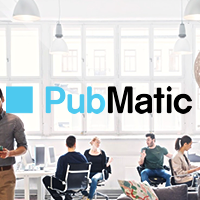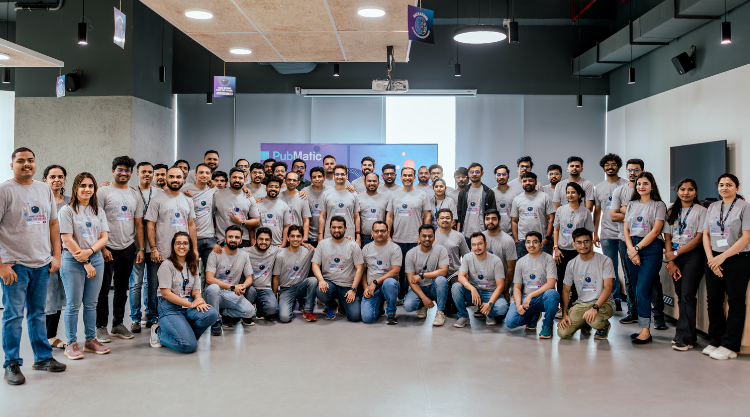By Graham Mosley, former Senior Director of Native at PubMatic
Native advertising is one of the most exciting developments in the digital advertising world over the last few years. While there’s been some debate about the exact definition of “native advertising,” it has largely been adopted as an umbrella term for long-form branded content, or “advertorials,” sponsored video, traditional ad units that mimic the design of the surrounding page, and other forms of sponsored content. To many people, the term “native” has come to describe any advertising designed to integrate seamlessly into the user experience. At PubMatic, when we talk about “programmatic native,” we are talking about snippet or teaser in-feed ad units themselves, not the branded content that they may lead to after the click.
Native is an appealing format for several reasons. It’s engaging in ways that traditional banner ads aren’t. It breaks through consumers’ blindness to banners and marketing fatigue. It’s a natural fit for mobile – in fact, you could call it the first “mobile born” format. When done well, native sits perfectly within a media ecosystem powered by cross-device usage, social sharing and the popularity of short-form content snippets. This enables new creative possibilities for brands.
Because native promises a seamless user experience, it is seen by many as a “bespoke” format. Most early branded stories or paid posts were lovingly hand-crafted one at a time, which led to inevitable questions about scalability. Since native must be so tied to the design and structure of a publisher’s site in order to provide a coherent content experience, is it even possible to scale native advertising?
We are just now starting to get past this perceptual gap and move into a world where native can increase its reach, scale and efficiency dramatically by leveraging standard categories and programmatic infrastructure.
In February of this year, the IAB released OpenRTB 2.3, which includes native, and updated its Native Advertising Playbook, demonstrating that the format doesn’t have to be as artisanal as it appears. In fact, nearly all native advertising falls into one of these standard categories, the Core Six:
- In-Feed Units – These ads are integrated into a site’s so-called news feed. This format originated on social media sites but is becoming more common across publisher sites.
- Paid Search Units – These ads are served to consumers on search engines related to the consumer’s search terms, most often served alongside organic search results.
- Recommendation Widgets – These units are integrated into the main well of the page and does not mimic the appearance of the editorial content. It is often presented with language that includes “You might also like” or “You might like.”
- Promoted Listings – These units are found on sites that often don’t have traditional editorial content; they are common on e-commerce sites like Amazon or Etsy.
- In-Ad with Native Elements – This is an ad in a standard IAB container placed outside of the editorial well and contains relevant content within the ad as well as links to an offsite page.
- Custom (None of the Above) – This category is the catchall for any other type of native units the industry can conceive.
The IAB does not dictate the components or creative assets associated with each of the five native categories, but they all utilize the same general assets. This allows buyers to construct a general native campaign with these assets and buy at scale using programmatic technology because standardization means a much larger pool of native inventory available for purchase.
Until recently, most native efforts were developed by point solutions or special platforms custom-built by individual publishers. Now with emerging standardization, we will see a shift in the way native campaigns are executed, one that resembles the shift in traditional ads away from individual ad networks to a more open and integrated exchange of inventory that can be bought and sold programmatically.
Native is a new and emerging world that requires a new type of campaign workflow and asset management. These workflows and management processes need to match publishers’ varying ad sizes. However, now that we have the common framework for the connections and categories of native, we are prepared to connect buyers and sellers together at scale, unlocking the true promise of programmatic native: highly effective and targeted advertising that can reach large audiences in real-time.




